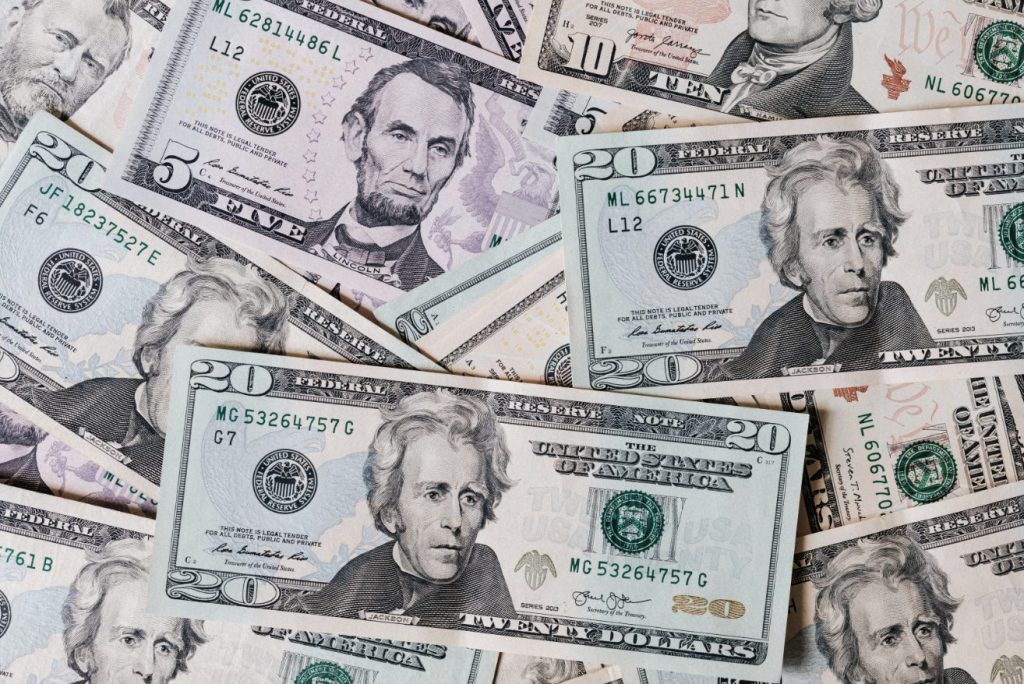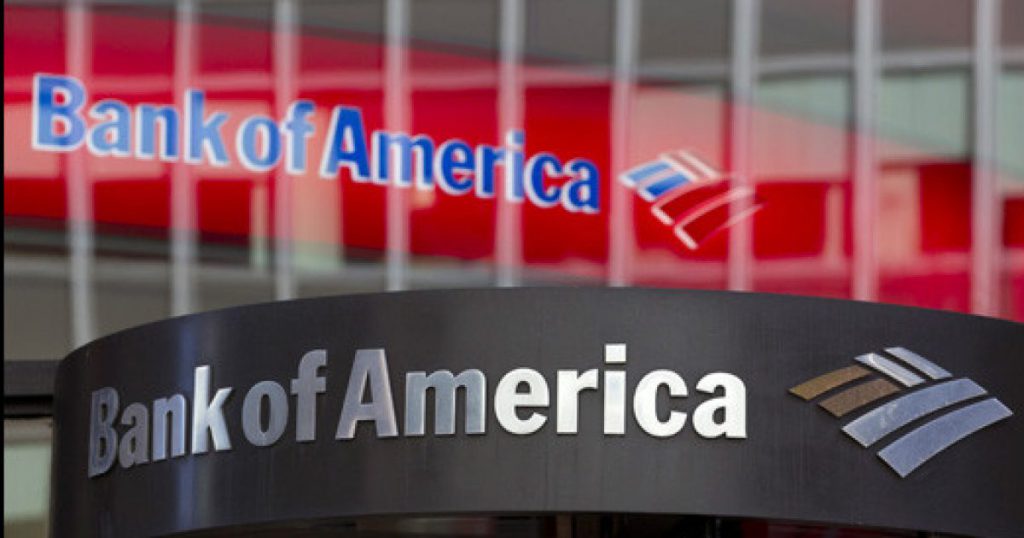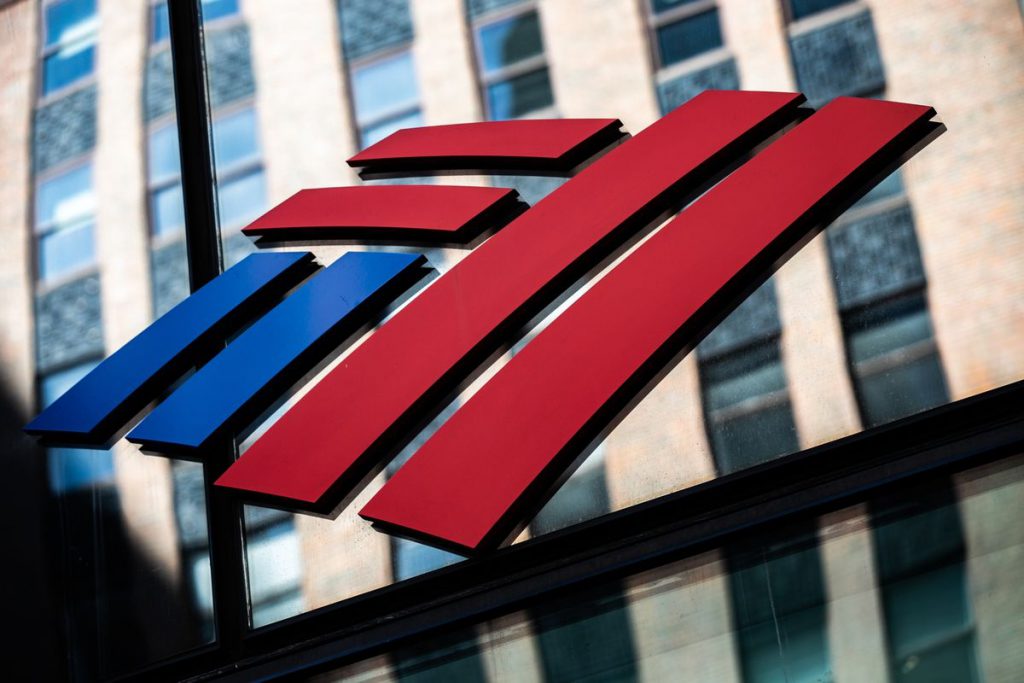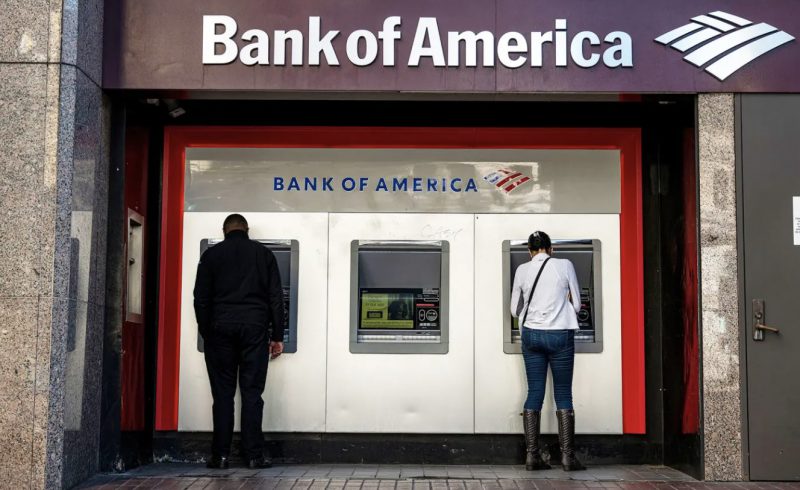Can I Overdraft $500 from Bank of America? Everything You Need to Know
If you’re a Bank of America customer, you may have wondered if it’s possible to overdraw $500 from your account. Understanding your banking account’s overdraft policies and fees is crucial to managing your finances effectively.
In this comprehensive guide, we’ll explore Bank of America’s overdraft services, including the limits, fees, and options available to customers. We’ll also share tips to avoid overdraft fees and maximize your Bank of America banking experience.


Understanding Bank of America’s Overdraft Policies
To begin, it’s important to know that Bank of America offers various overdraft services to its customers. These services enable transactions with insufficient balance, ensuring access to funds when needed.
However, it’s essential to understand the terms and fees associated with these services to avoid unexpected charges.
Opting into Overdraft Protection
You’ll need to opt into their overdraft protection program to utilize Bank of America’s overdraft services.
This program allows you to access cash via an ATM or debit card transaction and make check or bill payments even when your account balance is negative by $1 or more.
Without opting into overdraft protection, your transactions will be declined if there are insufficient funds in your account.
Overdraft Fees and Limits


Bank of America recently made changes to its overdraft fees and limits. Previously, the overdraft fee was $35 per transaction.
However, as of May 2022, Bank of America has lowered the overdraft fee to $10 per transaction.
Customers are now limited to a maximum of two overdraft fees per day, resulting in a total potential daily cost of $20 in overdraft fees.
It’s important to note that Bank of America allows overdrafts on specific transactions at their discretion.
These transactions include checks, scheduled payments, and emergency Bank of America ATM withdrawals.
It’s advisable to carefully track your account balance to avoid incurring multiple overdraft fees in a single day.
Overdraft Options
Bank of America offers two overdraft options for your checking account:
- Standard: With the standard option, Bank of America will send you paychecks, schedule payments, and charge you an overdraft fee if your account balance is insufficient to cover the transaction amount.
- Decline All: If you choose the “Decline All” option, Bank of America will automatically decline any transaction that attempts to charge your account more than the available balance.
It’s worth mentioning that certain Bank of America accounts, such as the SafeBalance account, have lower monthly fees but do not permit overdrafts.
If you want to avoid overdraft fees altogether, consider opening an account that does not allow overdrafts.
Linked Account Transfer and NSF Fees
Bank of America has recently changed its fee structure, benefiting its customers. As of May 2022, Bank of America has removed the linked account transfer fees and insufficient funds (NSF) fees.
This means that you won’t incur any charges for transferring funds between your linked accounts or for insufficient funds.
Bank of America Overdraft Limits and Options
Overdraft Limit at ATMs
Bank of America allows you to withdraw up to $1,500 from their ATMs daily, regardless of whether you are overdrawing your account.
However, it’s important to note that each time you overdraw your account at an ATM, Bank of America will charge a $10 fee.
Suppose you need to set your overdraft preferences or cancel optional ATM overdrafts.
In that case, you can do so by visiting your local bank branch, adjusting your settings through the mobile app or online banking, or contacting Bank of America’s customer service.
Overdrafting $500 from Bank of America


The ability to overdraft $500 from Bank of America depends on various factors, including your account history and the proposed transaction amount.
Bank of America makes the decision to either pay for the transaction, overdraw your account, or decline it based on these factors.
While it may be possible to overdraft $500 from Bank of America, it’s important to note that there are alternative options available, such as borrowing money from a cash advance app, if needed.
NSF Fees
Bank of America has made significant changes to its NSF fee structure in recent years. Previously, Bank of America charged $35 per returned check.
However, as of May 2022, most consumer checking accounts no longer incur NSF fees. This fee reduction can result in significant savings for customers who may have bounced checks in the past.
Avoiding Bank of America Overdraft Fees
While Bank of America provides various overdraft services, it’s always best to avoid incurring overdraft fees whenever possible. Here are some tips to help you avoid overdraft fees and manage your account effectively:
Option #1: Use PockBox to Borrow Up to $2,500
If you need quick cash and want to avoid overdraft fees, PockBox can be a helpful solution. PockBox simplifies the process of finding the right loan by providing loan quotes from up to 50 lenders.
You can explore your options and compare offers without obligation or impact on your credit score. PockBox specializes in loans for individuals with bad credit, ensuring that you have access to credit regardless of your credit score.
Option #2: Take Advantage of Fee-Free Overdraft Apps
While Bank of America has reduced its overdraft fees to $10 for most transactions, fee-free overdraft apps are available, such as Chime SpotMe.
Chime SpotMe allows you to overdraw your account for free if you have $200 or more deposited each month. This can be a useful option if you need quick access to funds and want to avoid overdraft fees altogether.
Option #3: Use Bank of America Balance Assist
Bank of America’s Balance Assist program offers an affordable way to borrow up to $500 when needed. The program charges a flat fee of $5 for the loan, regardless of the borrowing amount.
Repayments are made in three equal installments over the next 90 days.
It’s essential to note that if you use Balance Assist, your account will be ineligible for overdraft protection. Therefore, it’s crucial to track your balance carefully to avoid declined transactions.
Bank of America Overdraft Fees: Final Thoughts
In conclusion, understanding Bank of America’s overdraft policies, limits, and fees is crucial for managing your finances effectively.
By opting for overdraft protection and familiarizing yourself with the available options, you can avoid unexpected fees and make informed decisions about your account.
Remember to explore alternative options, such as borrowing from cash advance apps or utilizing fee-free overdraft apps, to minimize the impact of overdraft fees.
With careful financial management and an understanding of your account’s terms, you can navigate Bank of America’s overdraft services confidently and avoid unnecessary fees.





